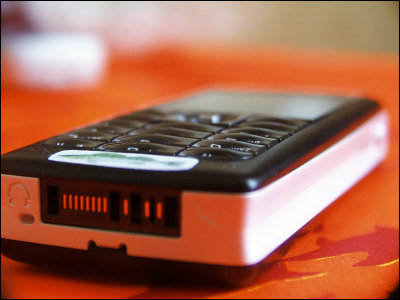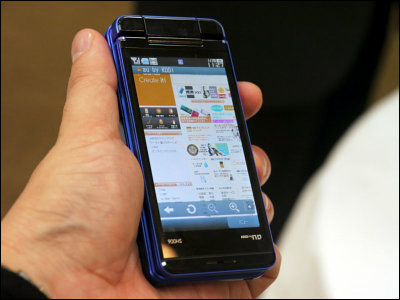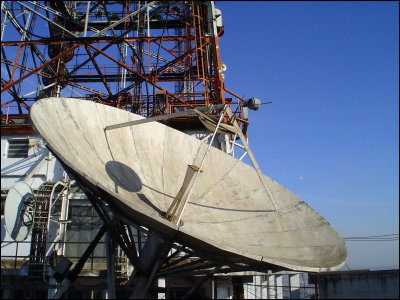Japanese company develops 'glass antenna that turns windows into 5G base stations'

The fifth generation mobile communication system (5G), which has been deployed since around 2018, has many advantages, such as less latency than the conventional 4G and a dramatically increased number of devices that can be connected simultaneously , but it also has the problem of requiring a larger number of base stations than conventional systems. Tokyo-based telecommunications company JTOWER has developed a transparent glass antenna that turns windows into 5G base stations that can be shared by multiple carriers.
An Unobtrusive Antenna
(PDF file) https://www.gov-online.go.jp/pdf/hlj/20191001/24-25.pdf

5G Antenna: Glass Antenna Turns Windows Into 5G Base Stations - IEEE Spectrum
5G networks contain higher frequency spectrum than 4G, and therefore require more base stations than 4G, which means that Japanese telecommunications operators have been struggling with a lack of space to install base stations and the costs involved in deploying 5G networks.
Therefore, JTOWER developed a glass antenna in collaboration with glass manufacturer AGC and NTT Docomo . The glass antenna developed by JTOWER has been in operation since August 2024 at Shinjuku 3-chome East Building.
JTOWER develops 5G signal environment through infrastructure sharing at Shinjuku 3-chome East Building ~ AGC's 5G-compatible 'glass antenna that turns windows into base stations' begins operation for use in infrastructure sharing, a first in Japan ~ | JTOWER Co., Ltd.
https://www.jtower.co.jp/2024/17142/

JTOWER said of the glass antenna, 'This is the world's first antenna that can turn windows into 5G base stations and transform the outdoors into a 5G service area without spoiling the appearance of the cityscape or buildings.'
According to NTT Docomo, a transparent conductive material is used as the base of the antenna, and the conductive material and transparent resin are sandwiched between two pieces of glass. AGC said, 'The idea of using a transparent conductive material as an antenna is something that has never been seen before. By placing the conductive material between the glass, the durability of the antenna has been dramatically improved.'

In addition, the transparent antenna can be designed according to the thickness of the glass it is installed in, reducing the attenuation and reflection of wireless signals that vary depending on the thickness of the glass. AGC says, 'This glass antenna uses our proprietary technology to suppress the scattering of radio waves when they pass through a window.'
Related Posts:
in Hardware, Posted by log1r_ut







